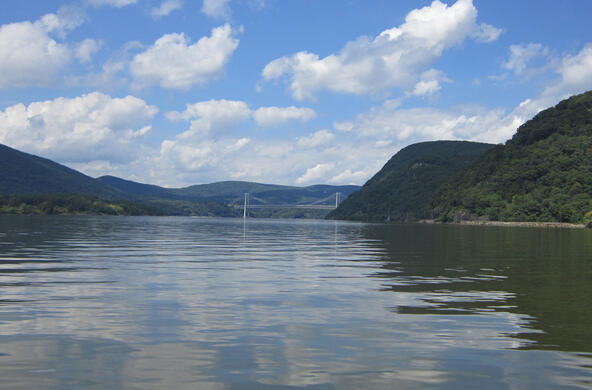
Next time you go shopping, keep an eye out for the origins of the things you purchase. From kiwis grown in Chile to shirts made in Bangladesh – we are living in the age of the global marketplace.
Driven by cheap production costs and longer growing seasons, our stores are flooded with products made or reared on far-off shores. And cargo ships are the preferred method of transporting these goods to the United States.
A recent study explored the unintended side-effects of our bustling ports: the spread of invasive species. The authors looked at the movements of 3 million cargo ships, and the environmental conditions at 1,400 ports. Their goal: to identify ports most vulnerable to species invasions from ballast water exchange.
Dave Strayer, an aquatic ecologist at the Cary Institute of Ecosystem Studies, explains:
“You can think of these ballast water holds as being big floating aquaria. When they pull in ballast water, they also pull in fish, other animals, bacteria, and all other kinds of things that are living in the water. So these big floating aquaria – the ballast holds – carry species all around the world. And some of those species are among the most problematic and damaging invaders of marine and coastal environments.”
Twenty ports were identified as high risk. Among the conditions fostering invasions: ballast originating in warm water, journeys between 4-6,000 miles, and ballast exchanged in ports of similar salinity.
A 2004 UN Treaty attempted to address the ballast problem, but it failed to gain enough signatures to be ratified. Ideally, this new paper’s insights could be used to help focus preventative efforts.
Produced in collaboration with WAMC Northeast Public Radio, this podcast originally aired on June 21, 2013. To access a full archive of Earth Wise podcasts, visit: www.earthwiseradio.org.






